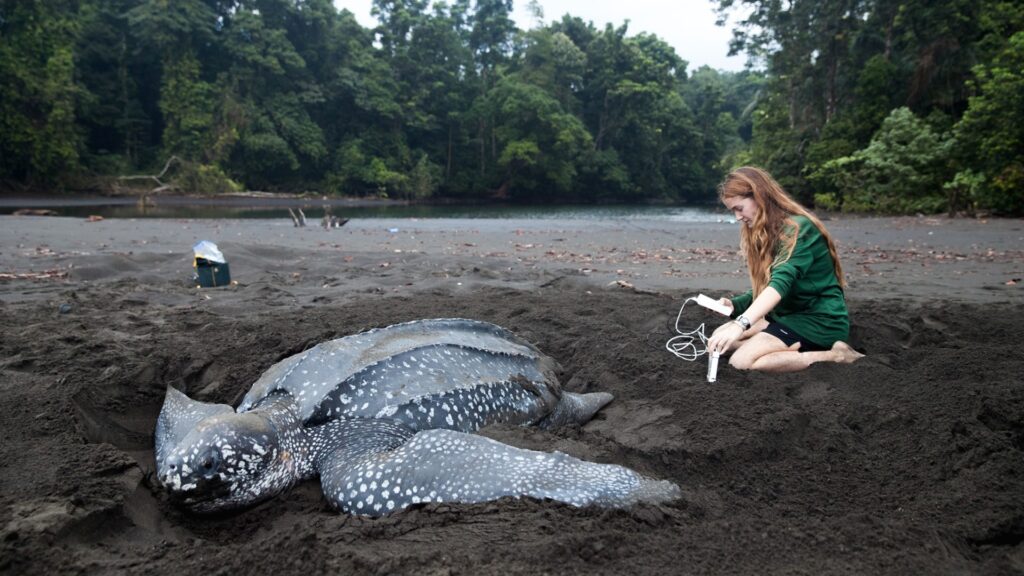
Leatherback turtles are the largest sea turtles in the world. Unlike other turtles, they have a unique leathery shell instead of a hard one. These magnificent animals are known for their incredible size and deep-diving abilities, making them fascinating subjects of study.
A Remarkable Creature
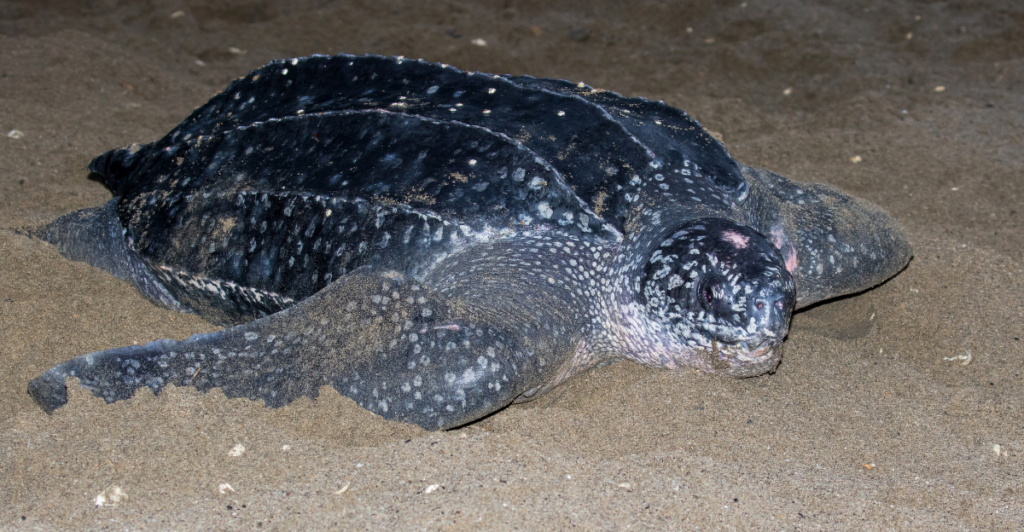
The leatherback turtle is a remarkable creature with unique adaptations that allow it to thrive in the open seas. Understanding these facts helps raise awareness about their conservation needs and highlights the importance of protecting our oceans for future generations.
Size and Weight
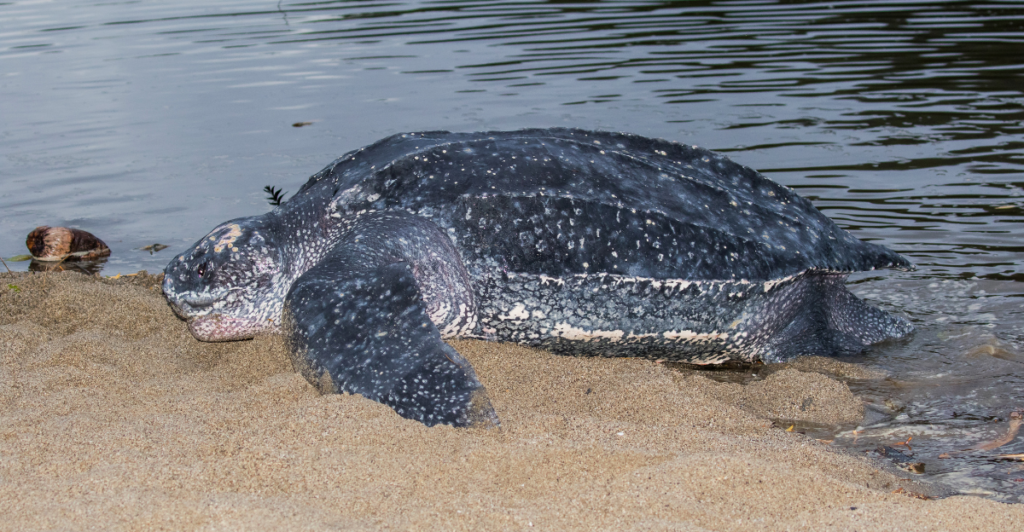
Leatherbacks can grow up to 7 feet long and weigh between 660 to 2,000 pounds. The largest recorded leatherback was nearly 10 feet long and weighed over 2,000 pounds. Their massive size makes them the heaviest non-crocodilian reptile on Earth, showcasing their impressive stature in the animal kingdom.
Unique Shell Structure
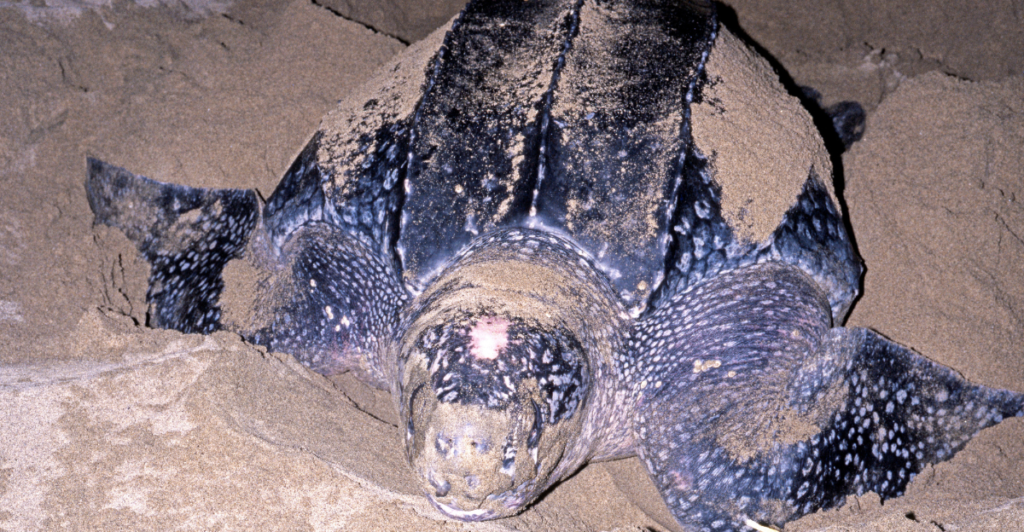
The leatherback’s shell is not bony but is composed of thick, leathery skin reinforced with tiny bone plates. This unique structure allows them to dive deep without being crushed by pressure. The shell features seven distinct ridges running from head to tail, contributing to their streamlined shape.
Deep Diving Abilities
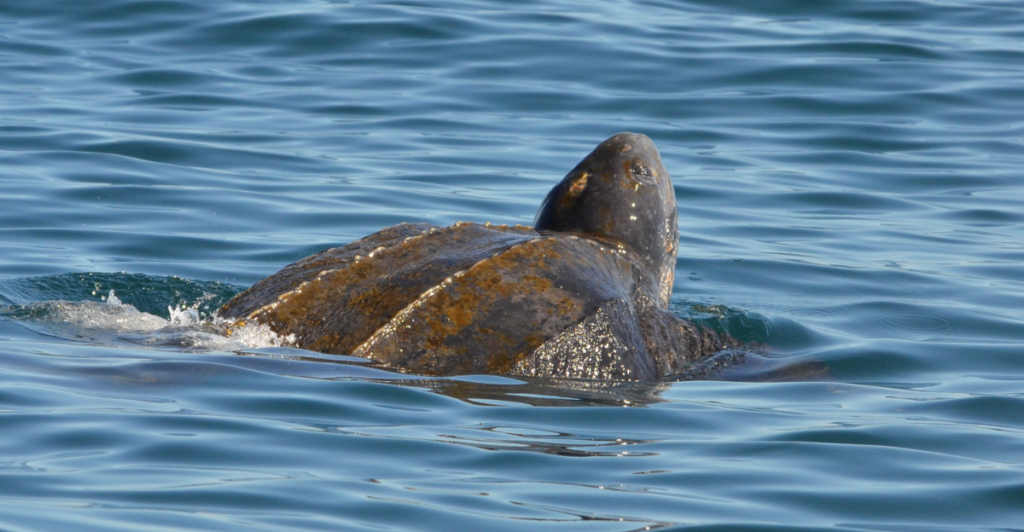
Leatherbacks are exceptional divers, capable of reaching depths of over 4,000 feet in search of jellyfish. They can remain submerged for up to 90 minutes on a single breath. This ability to dive deep sets them apart from other marine turtles and showcases their adaptability.
Diet and Feeding Habits
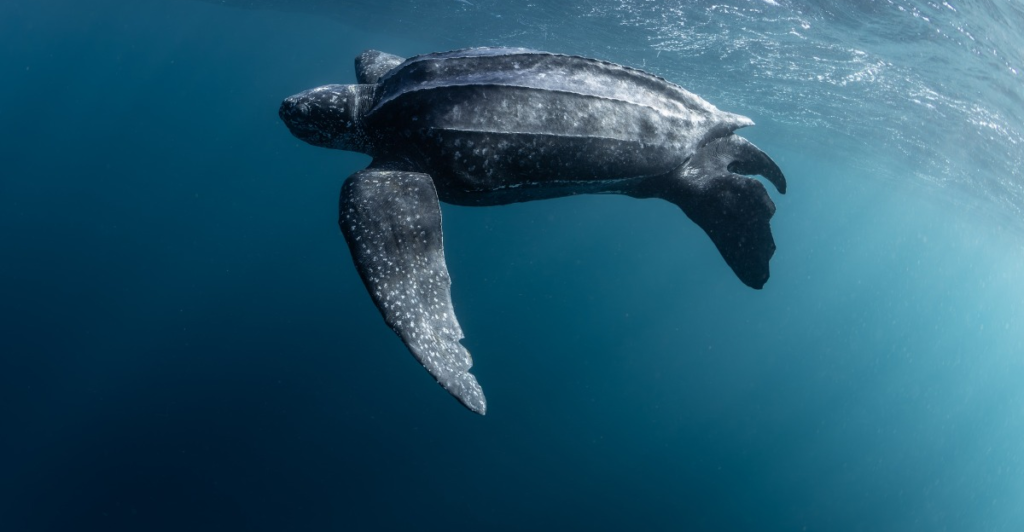
Leatherbacks primarily feed on jellyfish, which they catch using their scissor-like jaws. Their diet consists almost exclusively of soft-bodied animals due to their delicate jaws. Remarkably, they can survive on a diet that is mostly water, highlighting their unique feeding adaptations.
Habitat Range
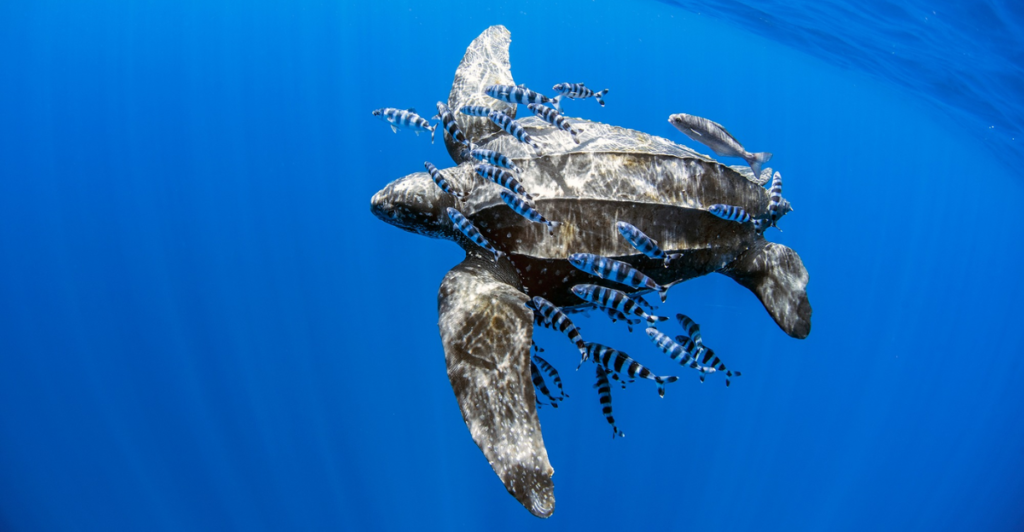
These turtles inhabit oceans worldwide, from the Arctic to the Antarctic. They are known for their extensive migrations, traveling thousands of miles between nesting and feeding grounds. Their wide distribution makes them the most migratory of all sea turtle species.
Nesting Behavior
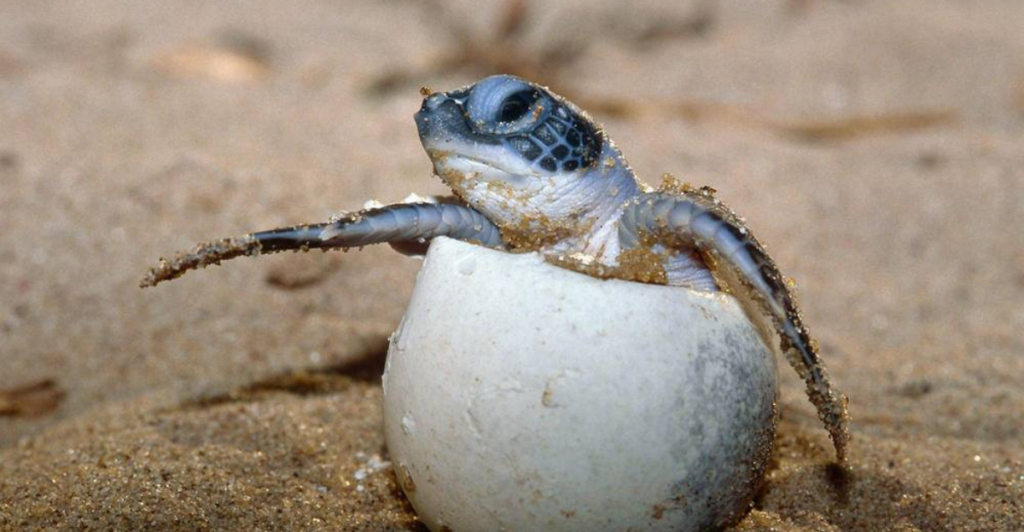
Leatherbacks typically nest every two to three years but can nest annually. A female lays about 80 fertilized eggs per clutch, which incubate for approximately 65 days. Unlike other sea turtles, leatherbacks may change nesting sites but usually remain within the same region.
Life Span
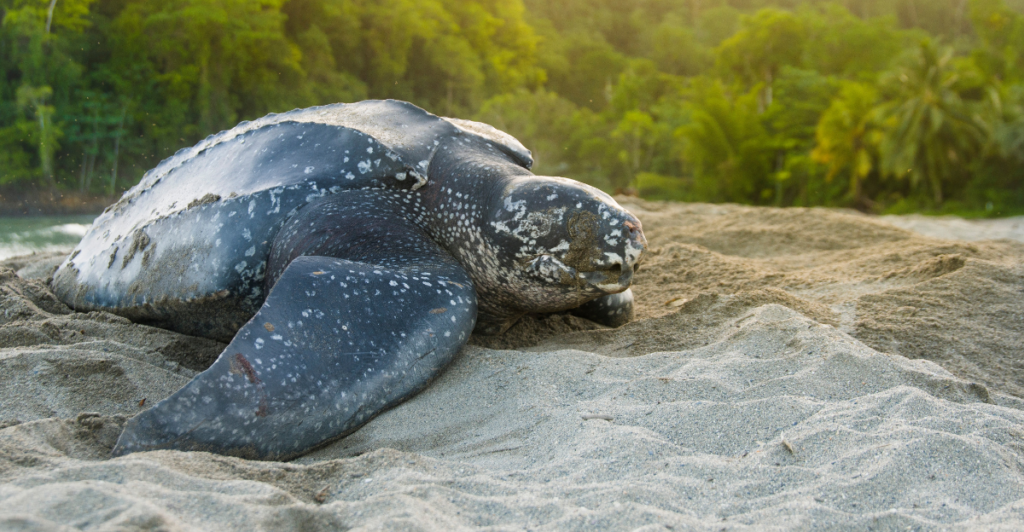
In the wild, leatherback turtles can live for about 45 years or more. Their long lifespan allows them to contribute significantly to their populations over time, although many face threats that impact their survival rates.
Conservation Status
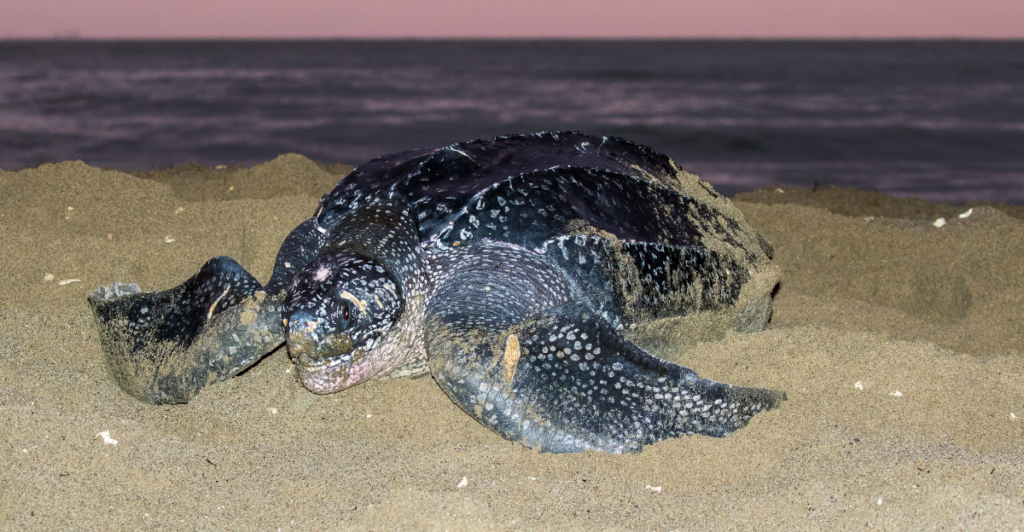
Leatherbacks are currently classified as vulnerable due to various threats such as habitat loss and accidental capture in fishing gear. Conservation efforts are crucial to protect these magnificent creatures and ensure their survival in the wild.
Threats to Survival
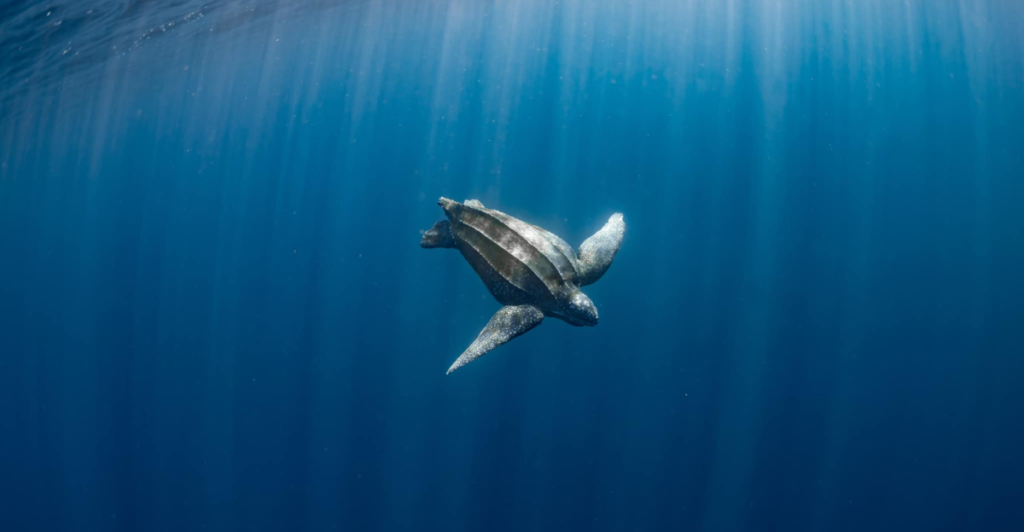
The greatest threats to leatherback turtles include marine pollution—particularly plastic waste—and incidental capture in commercial fisheries. These dangers have led to declining populations, making awareness and conservation efforts essential.
Importance in Ecosystems
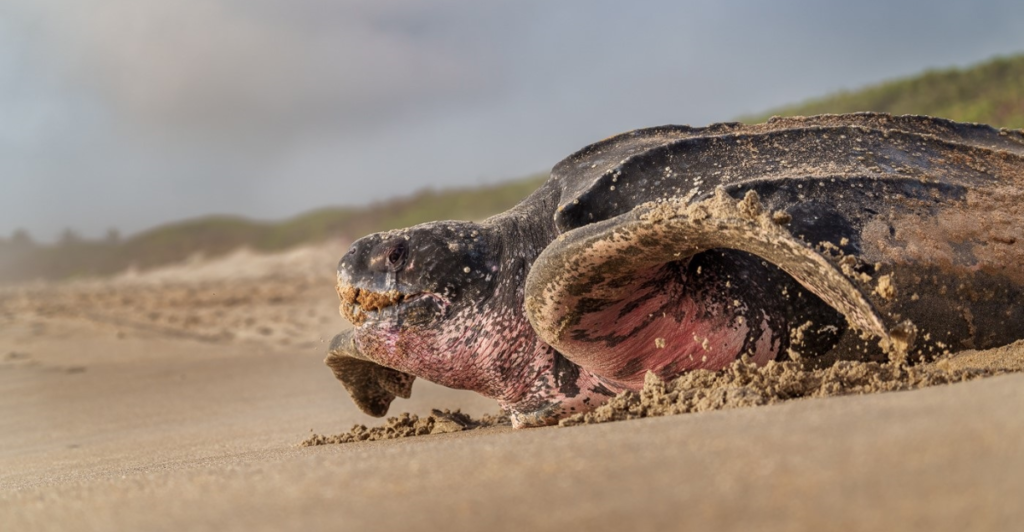
Leatherbacks play a vital role in marine ecosystems by helping control jellyfish populations. Their feeding habits contribute to the health of oceanic food webs, demonstrating their ecological significance beyond just being a large sea turtle.
Fascinating Facts

Leatherbacks can tolerate cold water temperatures. They have no teeth but possess spines in their throats to help swallow prey. Leatherbacks have been around for over 100 million years, surviving since the age of dinosaurs.
Discover more of our trending stories and follow us to keep them appearing in your feed

Lake Shasta’s Remarkable Recovery From Drought Captured in Stunning Images
11 Strongest Animals On Earth and Where to Find Them
The 12 Oldest Horse Species Still Around Today
Why Are Non-Native Iguanas Falling From Trees in Florida
Stay connected with us for more stories like this! Follow us to get the latest updates or hit the Follow button at the top of this article, and let us know what you think by leaving your feedback below. We’d love to hear from you!







